Spring ephemerals have made their fleeting appearance here in the woods of central Vermont. I snapped a few pictures of them on a run this week and looked them up when I got home: spring beauty, trout lily, coltsfoot.
This is our first spring in our new town and it has been a slow emergence. Not like childhood springs in Oklahoma when the first green usually appeared in February and it was a full-on riot by March, until the summer heat took a lot of that green back.
Here we are, all the way into May in Vermont, and the trees are just getting their leaves. The tulips bloomed yesterday. The daffodils are bobbing their heads.
I’m noticing spring in a particular way this year and with a particular intention: as we learn the seasons in a new place, I’m hoping for some imprinting to happen.
A PBS article about animal imprinting (specifically, about a flock of wild turkeys who imprinted onto a man named Joe Hutton) says: “Imprinting refers to a critical period of time early in an animal’s life when it forms attachments and develops a concept of its own identity. Birds and mammals are born with a pre-programmed drive to imprint onto their mother.”
This is the sort of thing I usually think about when I hear the word “imprinting”: a biological drive for young animals to attach themselves to a mother, a parent, or a parental figure.
But as of a few days ago, I’ve started to think about that word differently.
I was back home in Oklahoma where I grew up. I hadn’t been back in almost seven years, the longest I’ve ever been away. Too long. Over the last couple of years, I’d started having recurring dreams about going back. In these dreams, whatever story was unfolding, it somehow always led to me walking the streets of my childhood neighborhood. I would wake from the dreams with a longing lodged deep in my chest and a thirst I knew I could only quench by putting my feet back in that place.
When I finally did set foot there again, stepping out of the airport, it was the smell that hit me first. That warm-sweet-heavy spring air small. The recognition was intense. And it kept happening, nearly every moment of our visit, like a riotous spring emergence in my mind, body, and heart: dormant memories sprouted; quietly locked away sensory recognitions rushed forth and bloomed in a kaleidoscope of color; a familiar cultural language unfurled its leaves to soak up the sun.
It broke my heart over and over again during our week there.
We’ve been trying so hard, my family and I, to find a place to stay, to make a home. We’ve now arrived in Vermont and we are content here. We have, finally, made the commitment to stay.
But until returning to Oklahoma I didn’t realize how much my sensory systems had been on constant high alert, grasping for place-familiarity; how I’m always pocketing little recognition seeds. I didn’t realize just how much I longed for my Norman community. How hard I’ve been working to hoard landscape details in all the places I’ve lived since leaving Oklahoma, so that when, say, the spring flowers bloom again next year, I can say: “Oh, I remember you,” and feel like I’m weaving myself into some kind of a pattern.
Spring beauty, trout lily, coltsfoot. Spring beauty, trout lily, coltsfoot.
I’ll repeat them like a rosary until next year.
“Imprinting provides animals with information about who they are.”
Yes. And is this also true? Landscape/place imprinting provides us with information about who we are.
“Imprinting refers to a critical period of time early in an animal’s life when it forms attachments and develops a concept of its own identity.”
Yes. And would this, too, be true? Landscape/place imprinting refers to a critical period of time early in our lives when we form attachments to places and develop a concept of our own identity.
What science of imprinting is at work in the way that our childhood landscapes and homes and places make their mark on us? What is it about those first places that burrows so deeply? That leaves us with critical information about who we are? That tethers us forever to those early attachments and develops some concept of our own identity?
During our week in Oklahoma, I didn’t have to try to feel at home. I didn’t have to go looking. I didn’t have to catalogue, gather, make the effort to see the patterns. Neither did my body. It was all right there around me, in me, with me. Home simply was. I simply was home.
The first night there, laying in bed, I felt my entire body relax and…what’s the word…unshield itself. I felt belonging.
I most often have either bad dreams or neutral dreams or no dreams at all. But that first night back in Oklahoma I dreamed I was leading a small cotillion of canoes, a thriving community, through a salt marsh.
When it was time to return to this home in New England, one of the voices inside of me—perhaps that young animal-me who came to know herself in this scorching hot, red-clayed, beautiful place—said: Stay. Stay here. Please stay.
It is spring in Vermont and it is beautiful. The ephemerals are here and Aspen and I sat in the yard for hours this week planting seeds and listening to the brook.
Home will be an ongoing practice.
I love reading advice columns and a couple of years ago I read through the archives of Cheryl Strayed’s Rumpus column, “Dear Sugar.” As I’ve been missing Oklahoma this week, I was remembering one piece of advice where Strayed quoted from the poem “The Blue House” by Tomas Tranströmer.
The last two stanzas of the poem are:
“It is always so early in here, it is before the crossroads, before the irrevocable choices. I am grateful for this life! And yet I miss the alternatives. All sketches wish to be real.
A motor far out on the water extends the horizon of the summer night. Both joy and sorrow swell in the magnifying glass of the dew. We do not actually know it, but we sense it: our life has a sister vessel which plies an entirely different route. While the sun burns behind the islands.”
In this particular piece of advice she was giving, Cheryl Strayed wrote, referring to this poem:
“I’ll never know and neither will you of the life you don’t choose. We’ll only know that whatever that sister life was, it was important and beautiful and not ours. It was the ghost ship that didn’t carry us. There’s nothing to do but salute it from the shore.”
Somewhere out there is the ghost ship that carries the life in which I stayed in Oklahoma.
Somewhere, right here in my body, is a deep imprinting of that place that I will carry with me, always.
Next year, the ephemerals will bloom in these woods.
Spring beauty, trout lily, coltsfoot. I hope I’ll remember their names when I see them again. And perhaps with every passing spring those flowers won’t speak only of spring’s arrival, but of the ongoing arrival, too, of home.
The imprinting of places seems slower and more painstaking as adults. But I believe it’s possible. I also believe it’s reciprocal. As we put wildflowers into the soil and grow a garden and learn to be part of this community, we are both imprinted upon and imprinting ourselves in this place.
What places or landscapes have imprinted themselves onto you?
Does anyone know of any writings, books or otherwise, that speak to this sense of landscapes imprinting themselves on us? I’d love to read more about it!

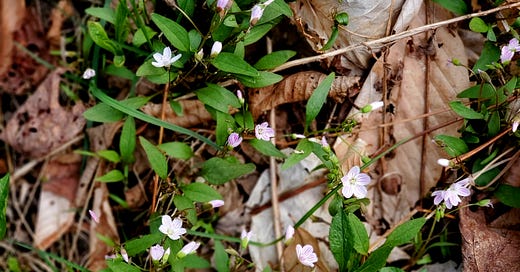



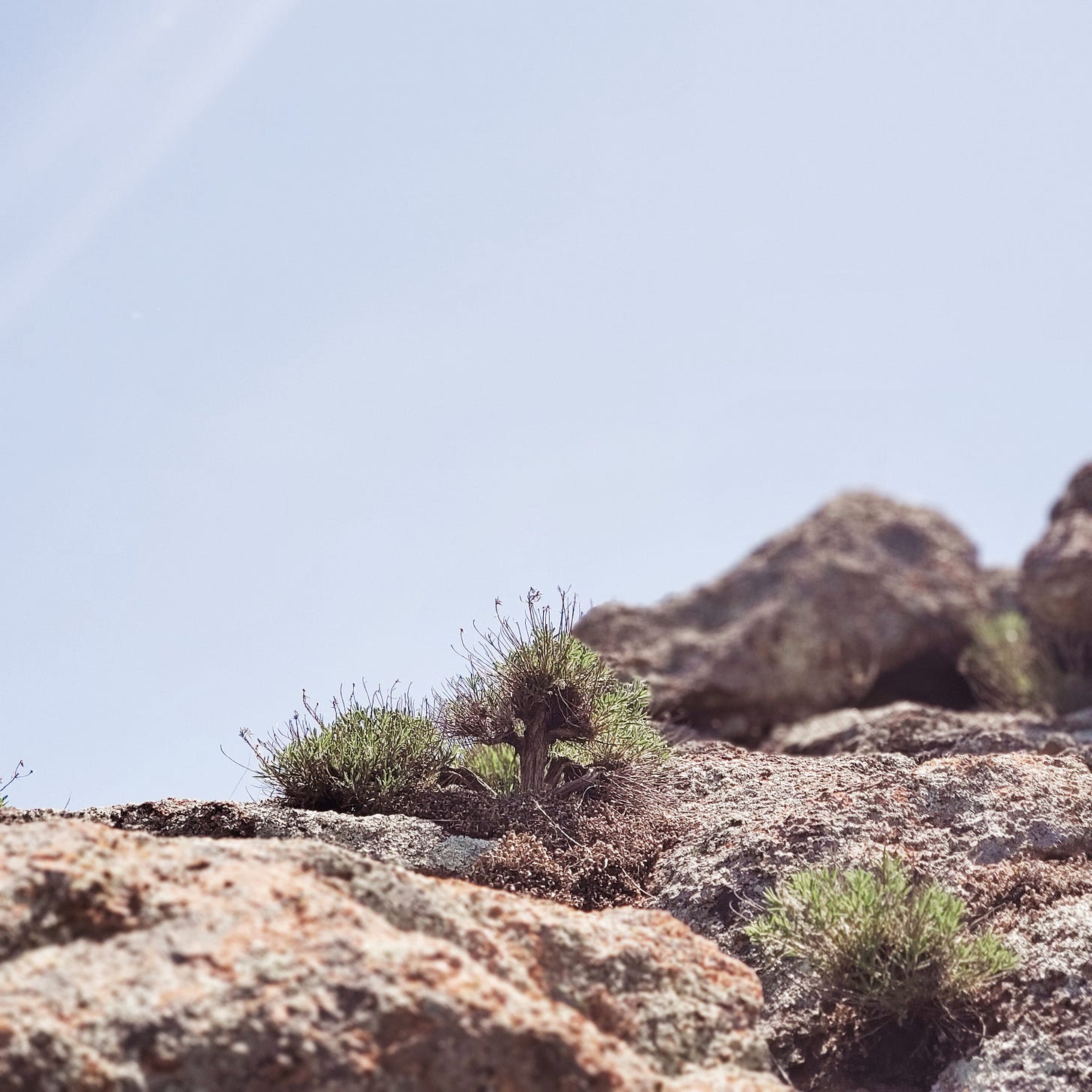
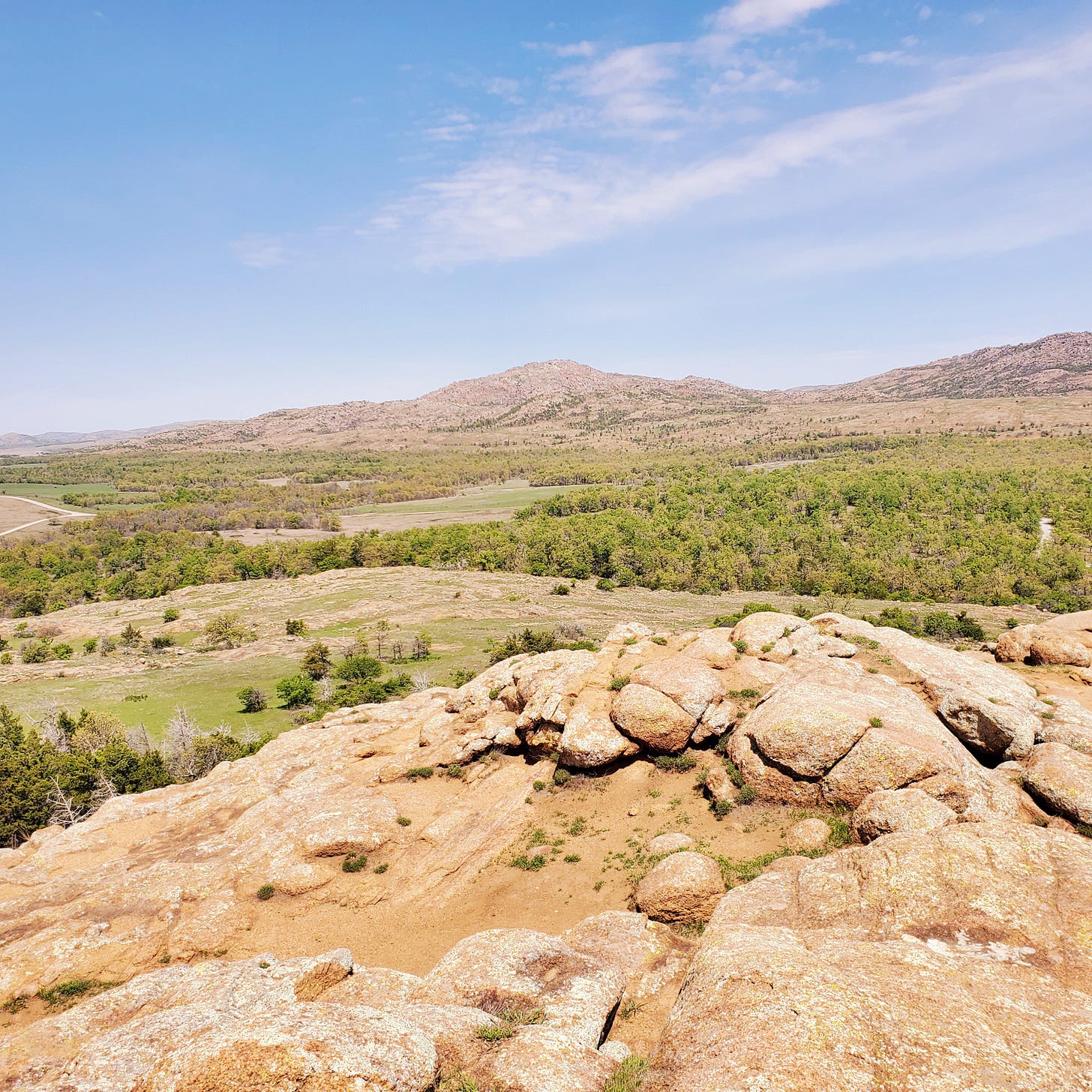
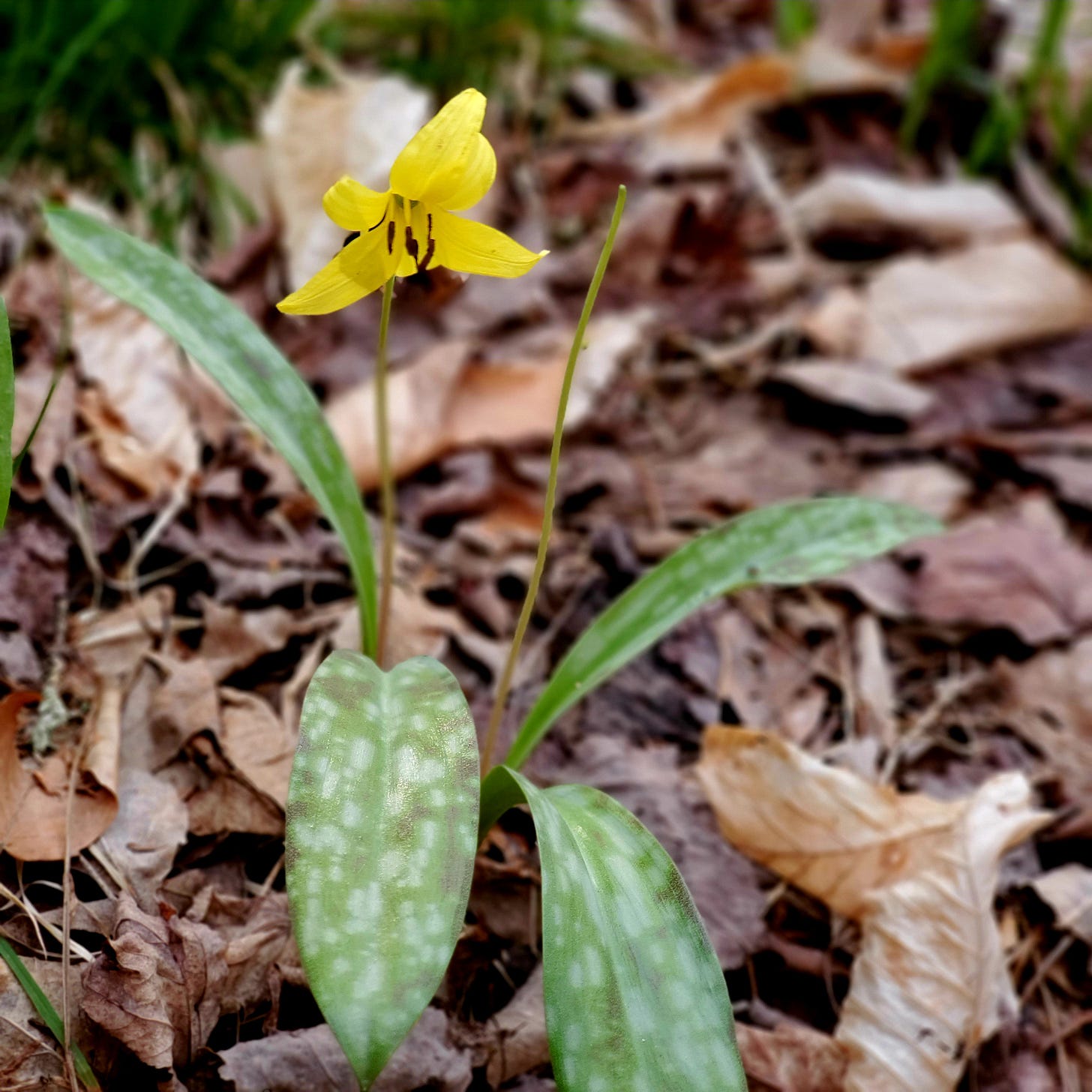
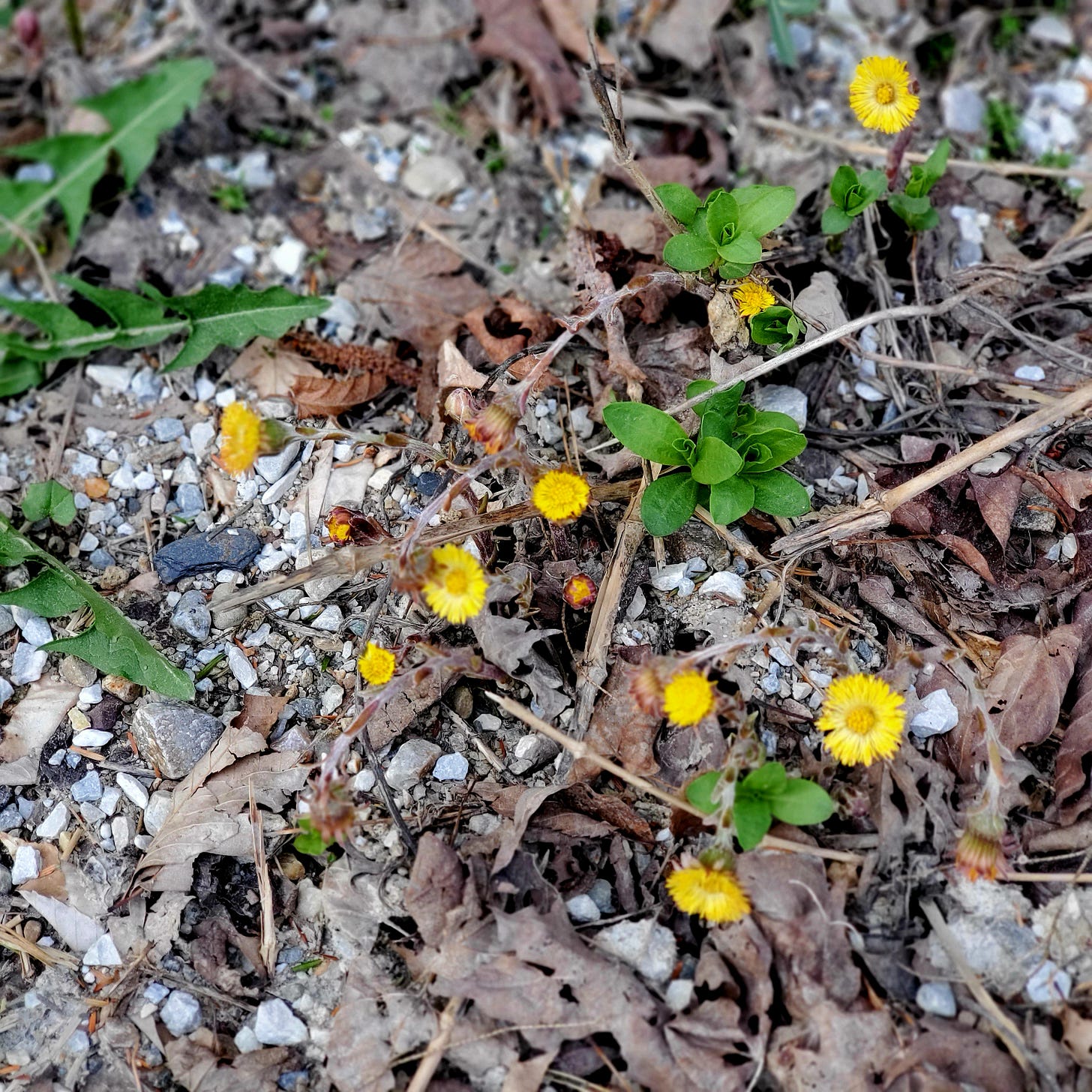
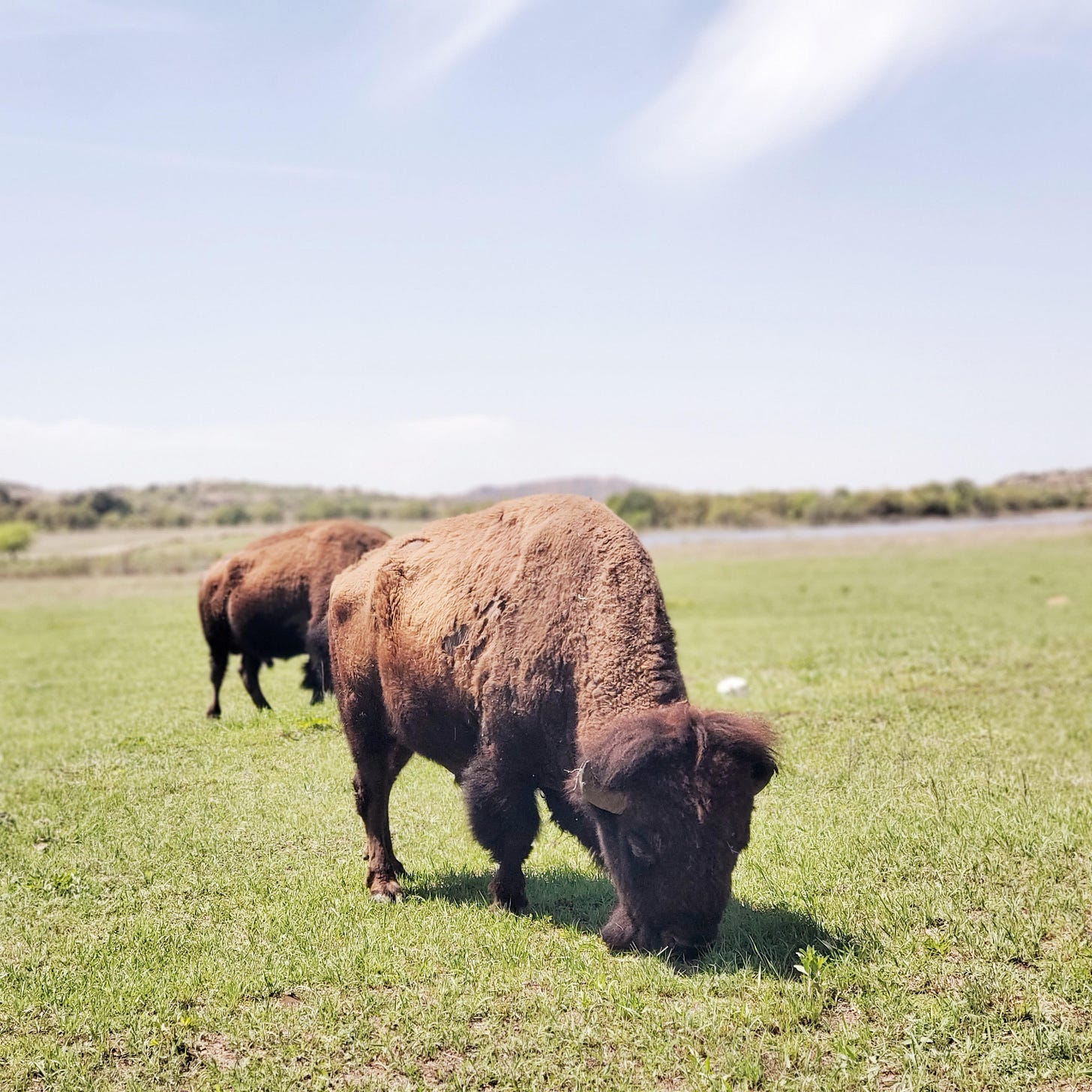
This feeling of intense imprinting to place is what made me return to the East Coast after six years of living in idyllic Santa Barbara, CA, with it's sunny and 70 degree days, ocean air, and stunning views. I joked, living there, that it was really hard to go on vacation when almost everywhere else the weather felt less comfortable. But somehow I knew I needed the intense seasons of NY, OH, and New England to mark time, to give myself the space to rest and the ecstasy of spring energy after so much cold and wet. Now I live outside Boston and it's similar to, but not exactly the same as Western NY where I grew up. I find myself constantly adjusting my expectations of snow (much less here) and heat (much more). I would love to read about this topic of deep connection to place too, and would welcome any suggestions that you find. Another commenter suggested Wendell Berry, so I will start there. He wrote a biography of the painter Harlan Hubbard that I will look back through with this theme in mind. Thank you for your beautiful writing, this piece touched me deeply.
Beautiful to read your words. Having lived in Maryland for 69 years, I am wedded to the beauty of four seasons, the landscape speaks to me. My roots are deep here, as I am deeply grateful for the earth.
I believe Wendell Berry writes about deep connection to sense of place.